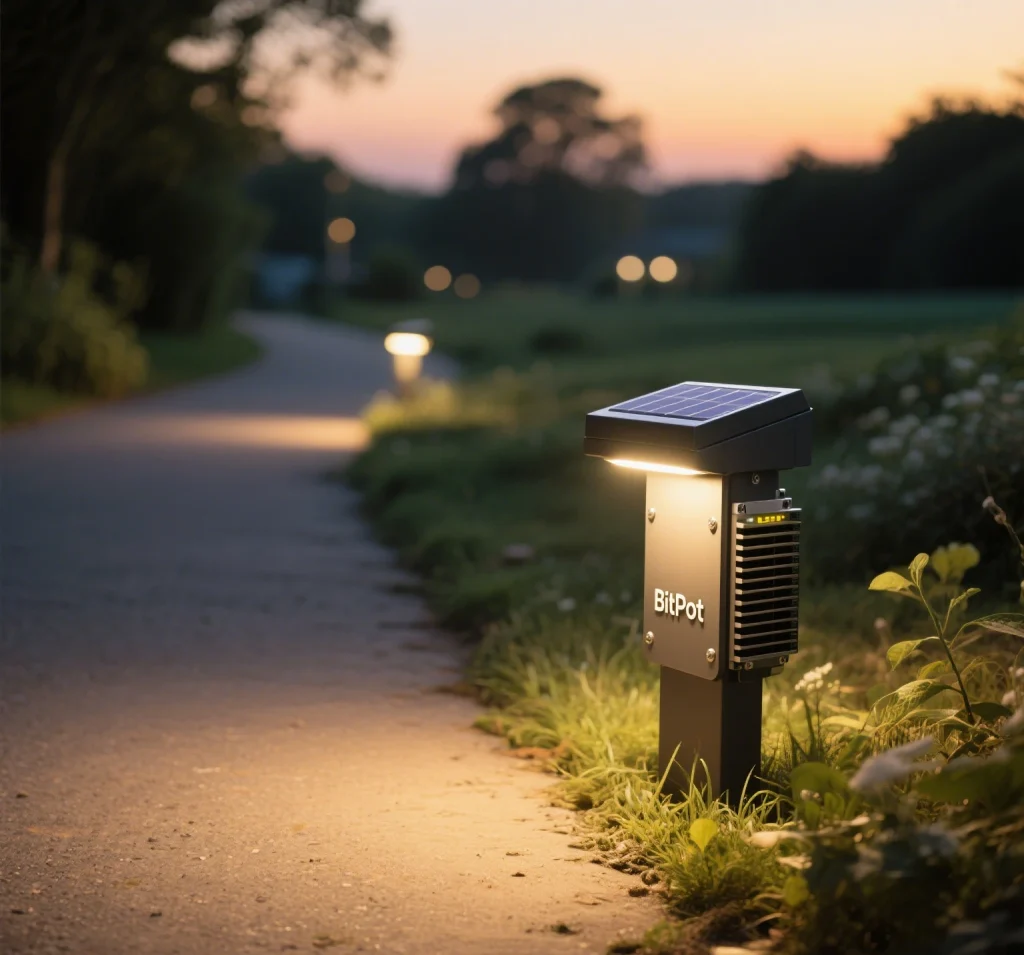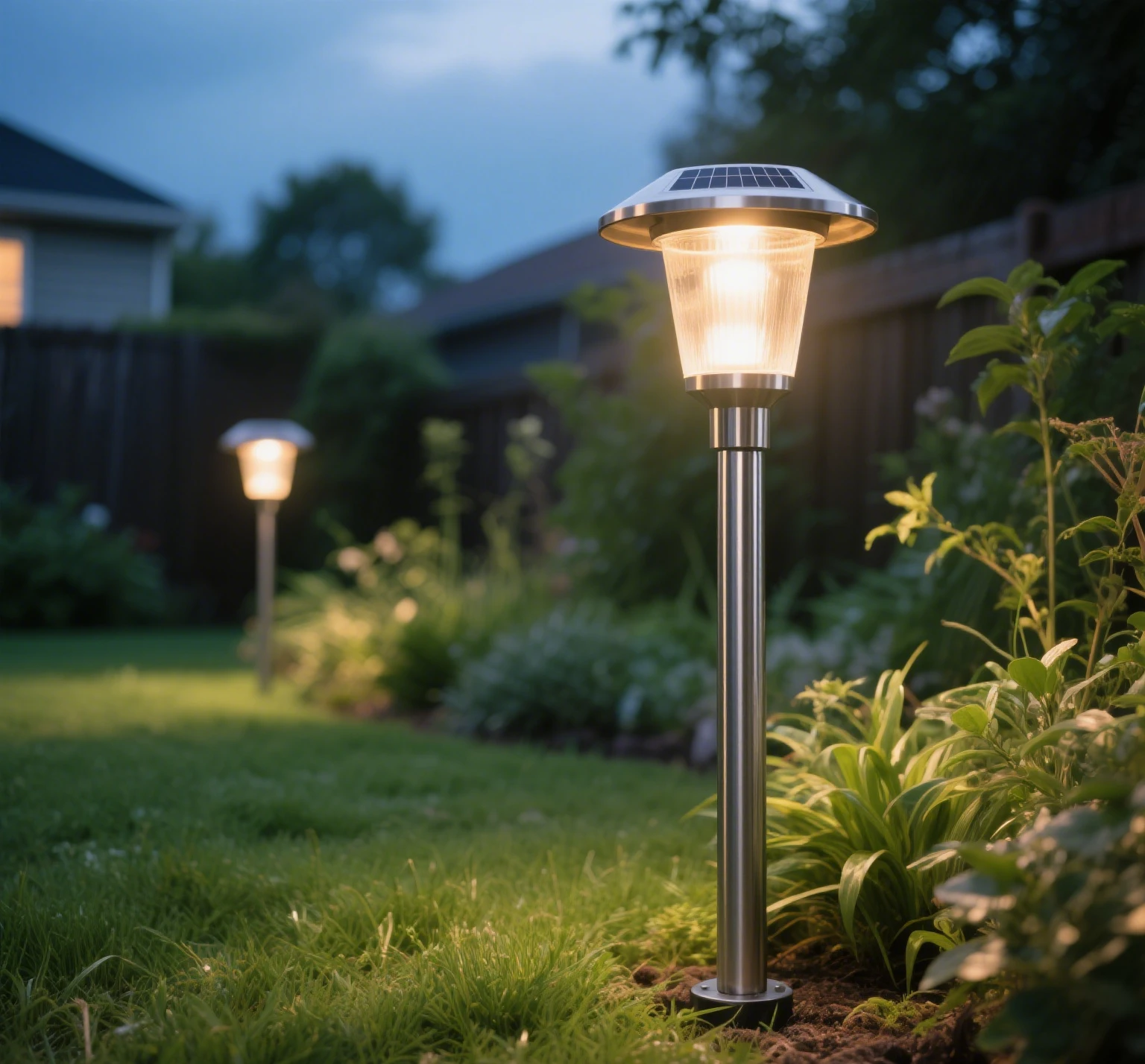With the rapid growth of the environmental protection industry, bitpott solar street lights have become a preferred choice for urban and rural lighting due to their energy-saving and eco-friendly features. However, proper usage and maintenance are critical to ensuring their long-term, stable performance. Standardized installation procedures and regular post-installation maintenance are equally important. This article provides a detailed overview of common issues with solar street lights and their solutions, along with practical tips to help users better manage and maintain their equipment, extending its lifespan.

Advantages and Challenges of Solar Street Lights
Solar street lights harness renewable energy by converting sunlight into electricity through photovoltaic panels, providing illumination at night. Compared to traditional street lights, they operate independently of the power grid, offering low operating costs and environmental benefits. However, challenges remain in their practical application. For instance, the power generation efficiency of solar panels is limited by sunlight availability, and insufficient power storage may occur during cloudy or rainy seasons. Additionally, the initial installation cost of solar street lights is relatively high, and maintenance expenses slightly exceed those of conventional lights. Nevertheless, as technology advances, the cost of photovoltaic equipment continues to decline, promising a bright future for applications in urban transportation and rural lighting.
Common Issues and Solutions
1. Solar Panel-Related Problems
Solar panels are the core component of solar street lights, and their performance directly impacts system efficiency. Below are key considerations and common issues in daily use:
- Impact and Cleaning: Avoid hard or sharp objects striking the panels, as this may cause damage. It is recommended to clean the panel surface every quarter or half-year to remove dust, leaves, or other debris, ensuring optimal energy conversion efficiency. Use a soft cloth and water for cleaning, avoiding corrosive detergents.
- Obstructions: Ensure the panel surface is free from obstructions such as tree branches or billboards, as these can reduce power generation. During installation, select a location free from tall buildings or trees.
- Angle and Orientation: Panels should be installed at an angle based on local latitude, facing true south (in the Northern Hemisphere) to maximize sunlight exposure. Incorrect angles may lead to insufficient power generation.
2. Street Light Fails to Illuminate or Has Low Brightness
If a solar street light fails to turn on at night or exhibits insufficient brightness, follow these troubleshooting steps:
- Controller Inspection: Begin by checking the controller’s indicator lights. Under normal conditions, connecting the solar panel should cause the battery indicator (red light) to stay on. If it does not, the battery may be depleted. Place the light head and panel under sunlight to charge, observing whether the red light stays on and the blue light flashes slowly. If no indicators respond, consult a professional technician.
- Wiring Connections: Verify that the connections between the solar panel and light head are secure. If loose, reconnect and tighten them.
- Remote Control Issues: If the light does not respond to the remote control, check whether the controller’s indicator lights flash simultaneously. If not, the remote may have failed to send a signal. Replace the remote’s battery or the remote itself and retry.
- Light Control Settings: If the light turns on later than expected, adjust the light control voltage point using the remote to increase the voltage value, enabling earlier illumination.
3. Short Illumination Duration
If the street light’s illumination time is too short, consider the following causes:
- Environmental Factors: Check if the solar panel is obstructed or if the installation angle is suboptimal. Continuous rainy weather may also lead to insufficient battery charge.
- Parameter Settings: Use the remote to verify if system parameters have been altered, such as excessive current settings or modified factory modes. If so, restore the default factory settings.
- Battery Condition: If all controller indicators are off, the battery may be over-discharged. Check the indicators the next day; if they return to normal (red light on, blue light flashing), the battery is charging correctly. If no response, contact the manufacturer for further analysis.
Installation and Maintenance Tips
To ensure the stability of solar street lights, adhere to the following installation and maintenance guidelines:
- Installation Standards: Prepare a standard foundation pit (typically 1m × 1m × 1.3m) and ensure the embedded parts are level with the ground, keeping the pole upright without tilting. During concrete pouring, use a vibrating rod to enhance compactness and stability.
- Regular Inspections: Inspect wiring connections, battery status, and controller operation every six months to identify potential issues early.
- Environmental Adaptation: Adjust system configurations based on local climate conditions, such as increasing battery capacity or optimizing panel angles in areas with limited sunlight.
Conclusion
Through proper usage and maintenance, bitpott solar street lights can provide reliable lighting solutions. Simple actions like regularly cleaning solar panels, checking wiring connections, and adjusting light control settings can significantly enhance equipment performance and longevity. As photovoltaic technology continues to advance, solar street lights will play an increasingly vital role in energy conservation and environmental protection, contributing to the development of smart cities.


Leave a Reply